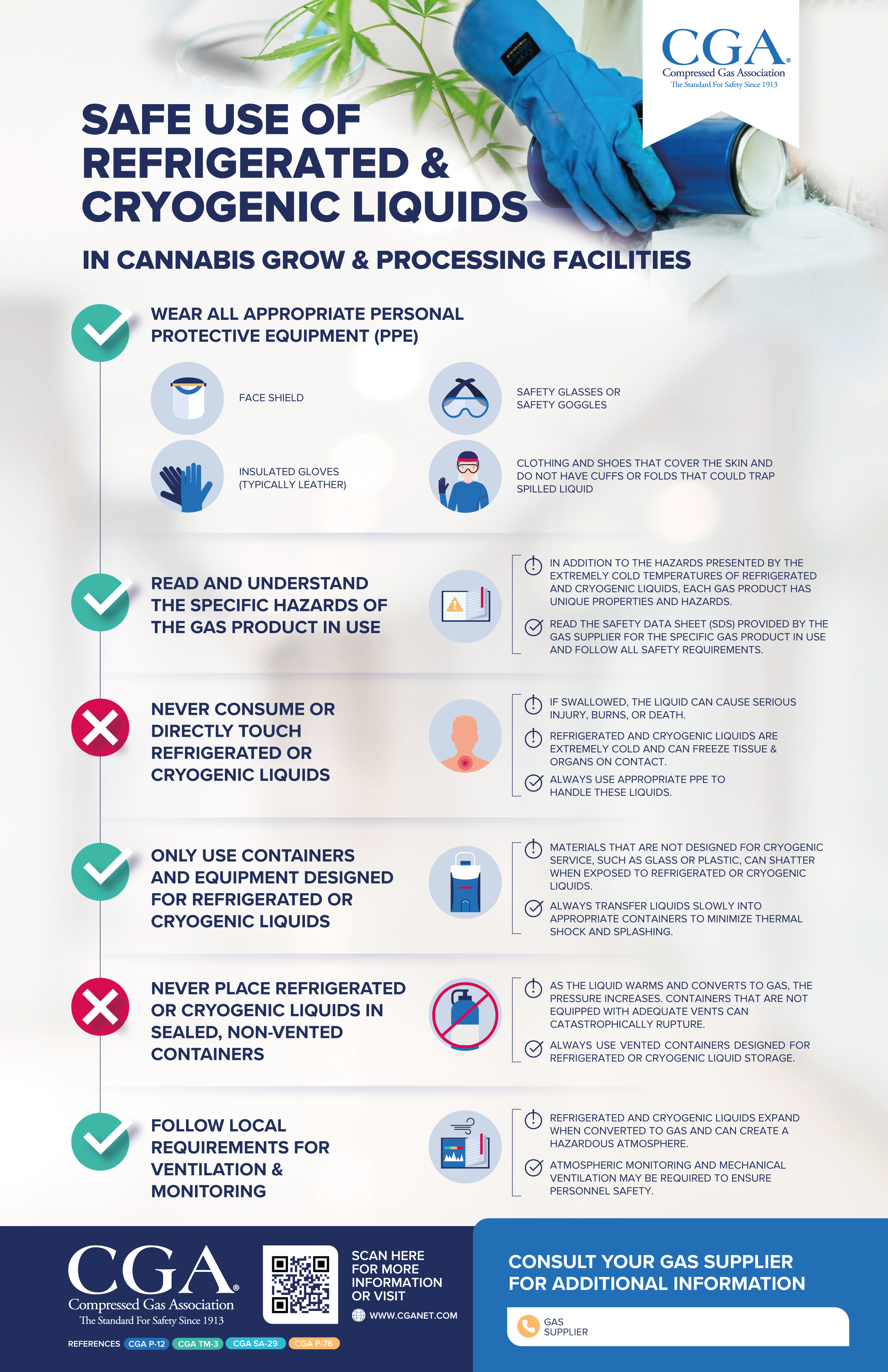Flammable liquids are substances that can easily catch fire and ignite at relatively low temperatures.
How are Flammable Liquids Classified?
Flammable liquids are classified into different categories based on their flash points, which is the temperature at which they can produce enough vapor to ignite when exposed to an open flame or spark.
The categories include:
| Category | Flash Point (in °C) |
|---|---|
| Category 1 | ≤ -50 |
| Category 2 | -49 to -1 |
| Category 3 | 0 to 22.5 |
| Category 4 | 22.6 to 60 |
These categories help in determining the hazards associated with different flammable liquids and provide guidelines for safe storage, handling, and transportation.

Credit: www.mysafetysign.com

Credit: www.cganet.com
Examples of Flammable Liquids
There are several common examples of flammable liquids that we encounter in our daily lives. Here are a few:
- Gasoline: Used as fuel in cars, motorcycles, and other vehicles.
- Kerosene: Often used for heating and lighting purposes.
- Alcohol: Including ethanol and methanol, commonly found in cleaning products, hand sanitizers, and alcoholic beverages.
- Acetone: Frequently used as a nail polish remover and in industrial settings.
- Petroleum ether: Used as a laboratory solvent and in the production of various chemicals.
Risks and Safety Precautions
Handling flammable liquids can be dangerous, as they can easily lead to fires and explosions if not handled properly.
To minimize the risks associated with flammable liquids, it is important to follow these safety precautions:
- Store flammable liquids in approved containers or cabinets that are designed to prevent leaks and limit the spread of fire.
- Keep flammable liquids away from ignition sources such as sparks, flames, and electrical equipment.
- Avoid smoking in areas where flammable liquids are stored or used.
- Ensure proper ventilation in areas where flammable liquids are stored or used to prevent the buildup of vapors.
- Wear appropriate personal protective equipment, such as gloves and safety goggles, when handling flammable liquids.
- Follow proper disposal procedures for flammable liquid waste to avoid environmental contamination.
Final Thoughts
Flammable liquids can pose significant risks if not handled and stored properly. Understanding their classification, examples, and safety precautions is crucial to prevent accidents and maintain a safe environment.
Always remember to follow the guidelines and regulations established for handling flammable liquids to ensure the safety of yourself and those around you.
Frequently Asked Questions On What Are Flammable Liquids: Uncover The Dangers And Safety Measures!
What Are Flammable Liquids?
Flammable liquids are substances that can easily catch fire and ignite at relatively low temperatures.
How Do Flammable Liquids Work?
Flammable liquids work by releasing vapors that can easily ignite when exposed to heat, spark, or flame.
What Are Common Examples Of Flammable Liquids?
Common examples of flammable liquids include gasoline, alcohol, paint thinners, and certain cleaning solvents.
How Should Flammable Liquids Be Stored?
Flammable liquids should be stored in properly sealed containers, away from heat sources, and in well-ventilated areas to reduce the risk of fire.
